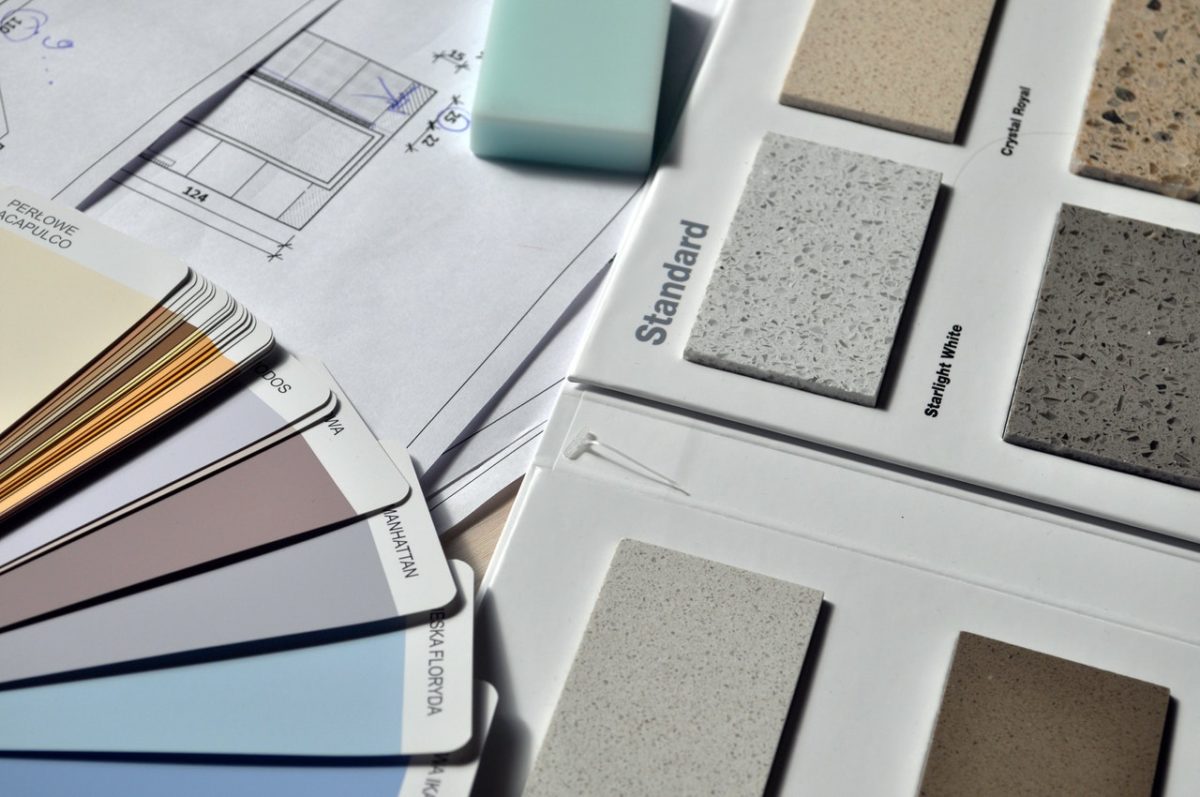Expand Your Homebuying Options With a Fixer-Upper Mortgage
It’s the lament of first-time homebuyers in just about every housing market: There aren’t enough entry-level homes available that are move-in ready.
One solution is to broaden the search to fixer-uppers. With a renovation mortgage, you can get one home loan that combines the purchase price with the cost of improvements.
Not enough affordable homes
Entry-level homes are scarce, whether new or used. Most gains in housing inventory have been in upscale homes, according to Realtor.com.
The decline in entry-level new construction is stark: 36 percent of homes built in 2000 had under 1,800 square feet; in 2017, 22 percent did, according to the Harvard Joint Center for Housing Studies.
As for existing homes, resales of homes costing $100,000 to $250,000 were down 1.9 percent in October, compared with a year earlier, according to the National Association of Realtors®. The demand is there: Even with the decline, homes in that price range accounted for 40.2 percent of sales.
Faced with a shortage of affordable homes, it makes sense to consider buying and fixing up dwellings that are outdated or in need of repair.
The two major types of renovation loans are the FHA 203(k) loan, insured by the Federal Housing Administration, and the HomeStyle loan, guaranteed by Fannie Mae. Both cover most home improvements, whether major or minor.
“Basically, every kind of repair that can be done to a property, we do it,” says Brad McMullen, vice president of renovation lending for PrimeLending, a national mortgage lender that emphasizes renovation loans.
» MORE: Find out how much house you can afford
Renovation loans open more doors
Both FHA 203(k) and HomeStyle can be used for structural and cosmetic renovations. With both loan types, renovation work may begin immediately after closing.
FHA’s 203(k) loan is for primary residences only. It requires a minimum credit score of 500 with a down payment of at least 10 percent; a credit score of 580 or higher allows a down payment of 3.5 percent. These loans can’t be used for work that the FHA deems a luxury, such as installing a swimming pool.
There are two types of 203(k) loans: limited and standard. The limited is for renovations costing $35,000 or less that don’t require major structural work. The standard is for projects upwards of $35,000 or involving major structural work.
A 203(k) standard loan requires a HUD consultant, who helps the homeowner solicit and analyze bids and oversees inspections of the work. Consultants are often contractors, architects or inspectors, McMullen says. HUD has a tool to search for consultants.
Fannie Mae’s HomeStyle loan may be used to buy and fix up a primary residence, second home or investment property. It requires a minimum credit score of 620. Minimum down payment is 3 percent or 5 percent, depending on whether the home is owner-occupied and the borrower is a first-time homebuyer or has a low to moderate income.
HomeStyle loans have few restrictions on improvements, other than that they “should be permanently affixed to the real property (either dwelling or land),” according to Fannie Mae guidelines. That means HomeStyle may pay for adding a swimming pool.
» MORE: Ins and outs of 203(k) and HomeStyle loans
Pitfalls to watch for
The most common problem is failing to get detailed cost estimates, McMullen says. To prevent cost overruns, make sure estimates are specific about materials, and include costs for inspections, permits and consultant fees (if applicable).
Another pitfall: over-improving the home. If every house on the block has one story and three bedrooms, it might be a bad idea to add a second story with two bedrooms. The home will no longer fit in with the neighborhood, and it will be difficult to get an accurate estimate of the home’s post-renovation value because of a lack of nearby comparable houses.
Getting started
After finding the house you want, choose a lender, decide on a loan type and hire a HUD consultant. Then, with the consultant’s guidance, get estimates from contractors. Your lender will need copies of the estimates.
The renovation work may begin immediately after you close the loan. When the improvements are complete, you’ll have your home the way you want it — sooner than you might have thought possible.
The article Expand Your Homebuying Options With a Fixer-Upper Mortgage originally appeared on NerdWallet.


